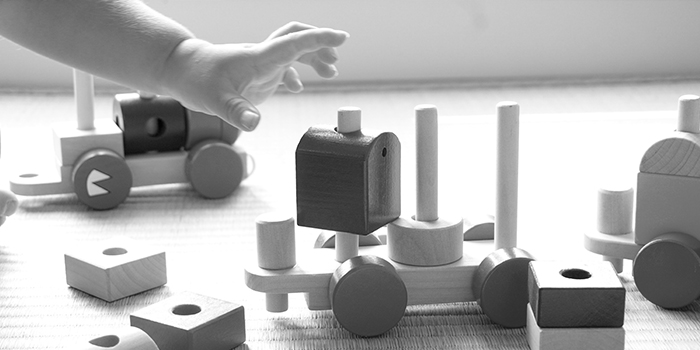
2 MIN READ
The Art of Simulation vs the Science of Review: How it applies to UMAT
The first thing you need to know about these two things … is that they’re two things.
Far too many students labor under the misapprehension that ‘review’ just means re-doing problems — more often than not, with exactly the same procedure they used the first time.
…Nope.
Let’s look at why and how you need to approach UMAT simulation and UMAT review differently.
Training vs Game Day Analogy

The concept this article is about can be expressed well in an analogy. Say you’re an athlete. Your strength and speed are both exceptional, but you have an appalling lack of flexibility — so bad as to predispose you to injury.
What would you prioritise on match day? How about in training between matches?
On game day, you need to use your strengths.
In training, you should be focusing on your weaknesses.
Your intuition would suggest dramatically different answers to these questions.
- On game day, you should showcase your strengths. You and your team should formulate a ‘playbook’ that leverages your remarkable speed and strength to the fullest extent possible.
- In training, on the other hand, you should focus predominantly on your weaknesses. In this case, you should clearly designate stretching and flexibility exercises as your first priority.
This seems like a very obvious strategy, and in fact, standardised testing like the UMAT is exactly the same.
Test Day Simulation vs Studying
So, how exactly does this analogy apply to the UMAT? Well, just as an athlete you want to showcase your strengths on game day, so too do you want to use your strengths on exam day. But in study as in training, you need to work on your weaknesses.
On test day (and any simulation of testing conditions) you should prioritise:
- methods at which you’re proficient
- methods with which you’ve historically had consistent success
- methods you like better, and/or are more comfortable with
While studying and learning you should focus on:
- methods you struggle to understand or execute
- methods you’ve had difficulty applying to problems
- methods you dislike, and/or for which you lack intuition
Don’t Underestimate the Value of Easy Questions

Let me guess. You tend to spend most your time on harder questions you get wrong, spending spend little (if any) time on the questions you found easy. These easy questions deserve your attention though, for the simplest reason imaginable: The things you did on those questions … worked!
One hallmark of the UMAT is that harder questions almost never involve greater conceptual difficulty. All UMAT questions — regardless of difficulty level — are fundamentally based on the same concepts and skills.
As trivial as it may sound, this is the key to eventually solving hard problems:
- Analyse the methods that worked on easy problems.
- Try to spell out your procedure explicitly
- Point out any clues that ‘told’ you what to do.
- Document your procedure, step by step.
- Generalise both of these — recognition and execution — as much as you can.
Read more about how to use easy questions in your UMAT Practice and the MedStart UMAT Question Traffic Light System.
Conclusion
It’s incredibly important to realise the difference between test day simulation and studying for the UMAT, and how to tailor your approach to each. And don’t underestimate the value of reviewing easy questions!
You can find UMAT Hacks like these and more in our full UMAT Preparation Courses.
We have a personalised UMAT course for everyone
We’ll help you ace the UMAT with truly personalised classes,
100th percentile UMAT teachers and the best resources.








Comments
Sign In With Facebook To Comment